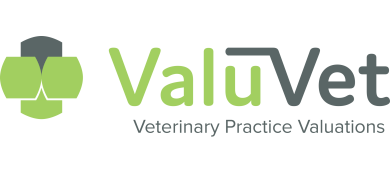“What’s the formula?”
One of the most common questions that we get from people when they hear what we do is:
“What’s the formula that people use to work out the price of practices nowadays?”
Sometimes, they follow up with a half-remembered formula that someone once told them, like:
• “30 years ago, when I bought my practice, they used to say that you pay X% of turnover for goodwill plus equipment value plus stock…is that still the case?” OR
• “Are corporates still paying X multiple of EBITDA?”
• “I heard practices are now sold at X% turnover…is that right?”
• “Do buyers still value practices by adding X to Y and taking away Z…?”
The implication behind the question is that people like me have a secret handshake mathematical equation that someone can give you that will be accurate when applied to any vet practice in any circumstance across Australia…. As much as I wish this were true…a simple one-size-fits-all formula like this doesn’t exist. It never did. And when you think about it, it is actually amazing that people think it would.
No one would believe that there was simple formula to work out the price of every car on the road. Everyone seems to understand that there are simply too many variables (age, quality, brand, size, km drive, condition) for this to be the case and that some cars have value simply due to scarcity, perceived value and supply and demand.
If I told you that someone had a simple formula to work out the price of all real estate across Australia…you would know innately that I must be lying. The value would vary depending upon how urban or remote the location is, how recent the build is, the quality of the building, the number of bedrooms and parking spaces, how desirable the location is, proximity to beaches, views, access to public transport, etc.
People would also appreciate that, on top of this, there are external market forces like interest rates that can impact buyers’ behavior and price fluctuations over time as well.
Valuations of vet practices have even more variables than cars or real estate.
No simple formula can be robust enough to be accurate:
– Regardless of where the practice is, Bondi or Alice Springs
– Regardless of whether it is well established or in its first year of existence
– Regardless of whether its revenue is $100k or $10M
– Regardless of if it has significant profit or none
– Regardless of how specialised the clinical work is or how key-man dependent the practice is
– Regardless of how secure the premises lease is
– Regardless of how interest rates fluctuate.
To be accurate, the valuer needs to have access to and be able to call on:
– A deep understanding of the industry
– A volume of practice operational data to be able to understand where the expenses, profit and key performance indicators fall within industry benchmarks.
– A knowledge of the supply and demand for different sizes of practices in different parts of the country. This requires access to comprehensive and accurate market transaction data.
In conclusion, valuing a business is a multifaceted endeavour that transcends the confines of a simple formula. It demands a holistic understanding of the business, industry dynamics, market conditions and regulatory landscape. Expert valuers, equipped with years of experience, analytical prowess and access to comprehensive market data, offer invaluable insights that shape informed investment decisions. While formulas may provide a starting point, entrusting the valuation process to a seasoned professional is essential for unlocking the true value.
